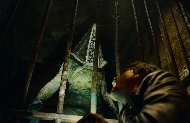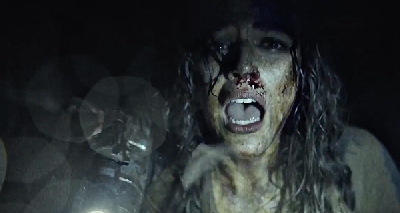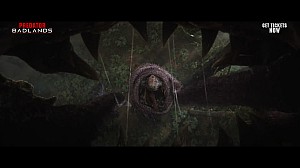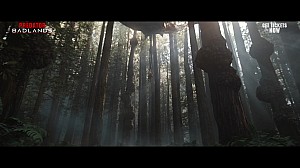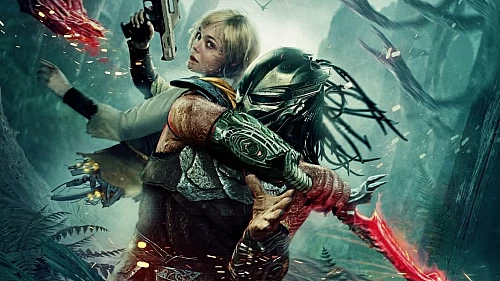This week sees the release of Blair Witch, another sequel to the 1999 horror movie that spearheaded a wave of movies using a handheld photography technique that has become synonymous with the genre of "found footage" movies, in which the movies footage is presented as allegedly factual events captured in real time. Created by Daniel Myrick and Eduardo Sanchez the Blair Witch Project took inspiration from supernatural documentaries with improvised performances from the cast to create the movies unique "fly-on-the-wall" style. Marketed almost entirely by Myrick and Sanchez through their official website, the movie is also cited as one of the forebearers of "viral marketing". Receiving critical acclaim upon its release The Blair Witch Project earned $248 million in worldwide box office takings against a $60,000 production budget.
What has followed is a wave of "found footage" movies that have tried to emulate the success of Myrick and Sanchez's groundbreaking movie, many of which are, unsurprisingly, fellow horror movies. The Last Exorcism, R.E.C. and the Diary of the Dead are but a few of the plethora of micro-budget found footage movies that have flooded the horror genre. 2007's Paranormal Activity elaborated upon the technique adding security camera footage to add to the faux-realism of the movie. 2008's Cloverfield took found footage into the genre of science fiction, followed by movies such as Apollo 18, Europa Report, and Chronicle, further concreting the photography technique as the trending style of the new millennium.
Unfortunately, the technique has been so overused in the past 17 years by low budget filmmakers, especially within the genre of horror movies that it is now scorned upon by many, filmmakers and audiences alike. This is no surprise considering the low production costs, values, and practices that found footage compliments. A found footage movie does not require expensive cameras, lighting, set or location preparation. A fully realized script with extensive storyboards is also not as important as it is with mainstream cinema, with many found footage movies being improvised around key scene concepts rather than a pre-meditated narrative. So unpopular as the Found Footage movie become that Brad Fuller, Executive Producer on the "in development" Friday the 13th reboot refuses to utilize the technique despite the movies struggle to move beyond the planning platform.
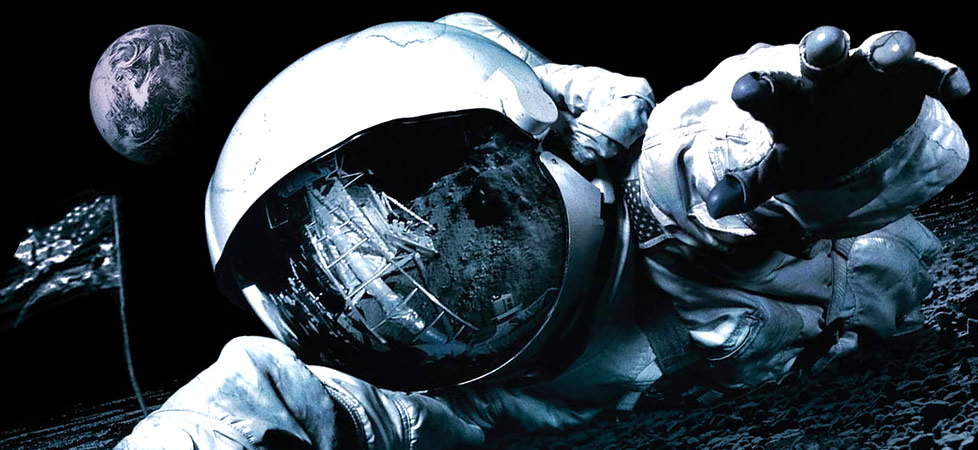
The possibilities as a photography technique found footage has to offer movie audiences have barely been explored, especially by Hollywood's premier directors; none of which have yet utilized it in their multi-million dollar blockbusters, epics, reboots, and remakes. Past movies such as Steven Speilberg's Saving Private Ryan and Schindler's List or even the more recent Legend by British director Guy Ritchie, which chronicled the notorious Kray twins (both portrayed by Tom Hardy) could have benefited from using found footage photography, either in key scenes or throughout. This would have added a sense of documentation on these "based on real life events" movies that is almost impossible using accepted filmmaking techniques.
For now, the found footage movie will likely continue to be frowned upon by both filmmakers and audiences until a talented director is willing to risk millions of a Hollywood studio's hard earned dollars and produce a critically and commercially successful big budget example of how to use the technique to its fullest. This week's Blair Witch may not be that movie, but it could likely inspire someone in Hollywood to take on the found footage movie.
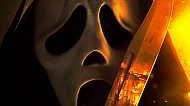
It's all hands on deck as original Scream cast reunite for Scream 7 in 2026!
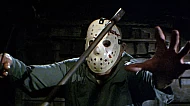
A Jason Voorhees prequel TV series is arriving in 2026!
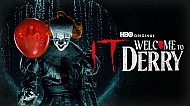
IT: Welcome to Derry (2025) series arrives October 26th – Watch the creepy new teaser trailer!
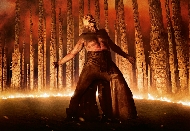
28 Years Later: The Bone Temple (2026) Release Date, Plot, Poster & Trailer
